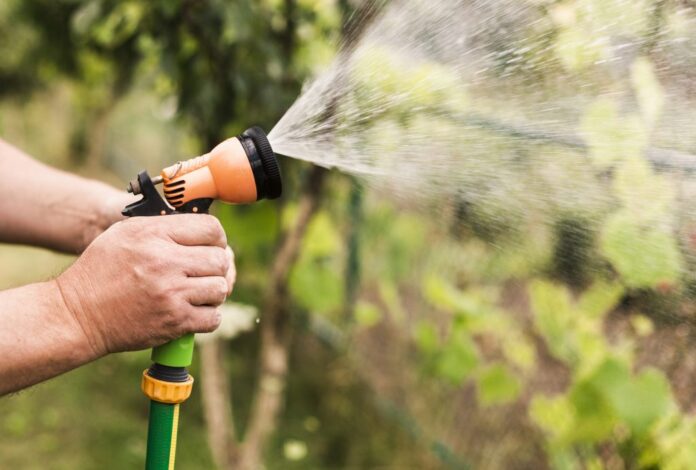
Are you trying to run a cost-efficient home? Aside from cutting down on your electricity usage and groceries, you should also look for ways to conserve and store water. This is an eco-friendly effort that can also give your budget a bit of breathing room. Not to mention, in the event of a water shortage, you’ll have something to use.
Saving water can be quite tricky if you don’t know where to start. However, if you have a garden or yard, you should maximize it and use that space to save more water. To help you out, listed below are some easy ways to save water in your garden.
1. Use A Rainwater Tank
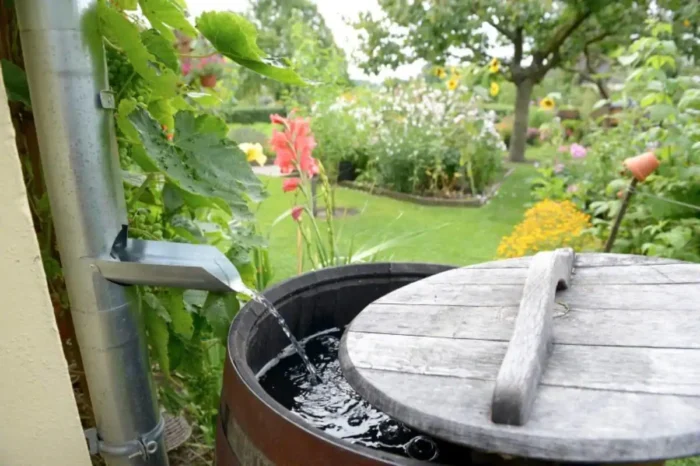
When saving water, the popular choice is to use a rainwater tank. With this, you can easily gather rain from your roof and direct it into a tank installed in your house. You can use the water collected for flushing the toilet, cleaning your car, and watering your plants.
This water-saving method brings the water directly into your home, so you don’t have to worry about bringing a pail by yourself.
When shopping for rainwater tanks from mazeproducts.com.au and other similar sites, ensure that you purchase one with the right capacity. Ideally, you should get a bigger tank if your area expects plenty of rain throughout the year.
2. Have A Rain Barrel
Another great way to save and collect water in your garden is through a rain barrel. Similar to a rainwater tank, a barrel will collect rain from your roof, slide it down the drain, and put it directly into the barrel. However, these barrels aren’t connected to your home but rather have a small faucet at the bottom, allowing you to open them and refill your pail or watering cans easily.
A rain barrel is the most efficient choice if you’re looking for a quick way to save water without having a high upfront cost. Moreover, rainwater would also be great for your plants, giving them more nutrients with every drop.
3. Install An Automatic Rain Sensor
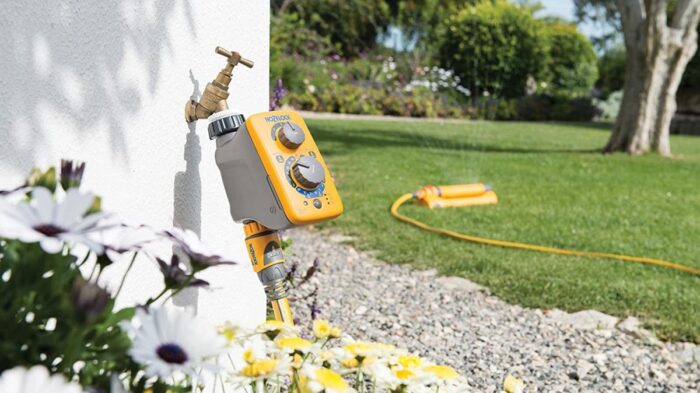
An irrigation system in your garden allows you to water your lawn every day, keeping it green and fresh for as long as possible. However, if there’s already rain around your property, allowing the irrigation system to water your plants still might cause them to drown and ruin their health. To keep your yard in its best shape and avoid flooding, you should install an automatic rain sensor.
An automatic rain sensor is an inexpensive device you connect to your irrigation system that gives them a stop signal if they detect rain. This way, they won’t open and just allow the rainwater on the lawn. Furthermore, this can also help to save water inside your home.
4. Water Garden When Needed
Overwatering the garden is quite common in most households, especially if they don’t have a green thumb. While it might be a general rule for most garden plants to be watered every day, you might be causing more harm than good for their health. Not only might you risk your garden from drowning, but it can also help you waste water, which will never be great.
Before watering your plants, you should check the soil first to see if it’s warm and moist or dry by placing your finger at least one inch deep. If the soil is still damp, you should avoid watering it for the day and try the next day again. This will help prevent them from drowning, which can risk their lives.
5. Plant Flowers That Require Less Water
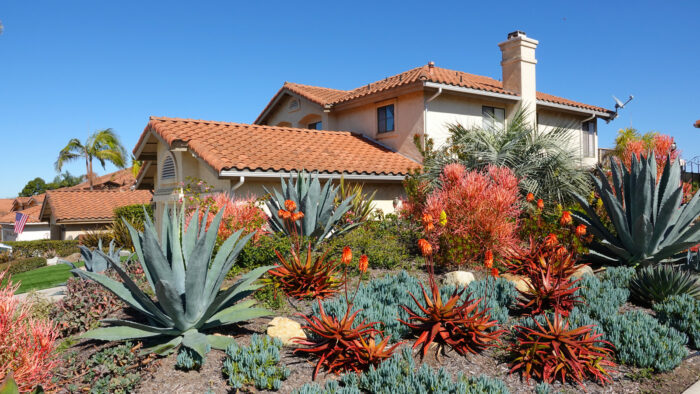
If you’re still designing how you’d like your garden to be, it would be great if you could choose plants and flowers that require less water to survive. This way, you don’t have to frequently shower them one to two times a day, which can be tiring and cost you plenty of water at the same time.
Flower examples include lavender, orange day lily, yarrow, and globe thistle. Alternatively, you can consult with a landscape professional so they can advise you on what kind of plants and animals to grow that would go perfectly with your area and help to keep your garden looking fresh and beautiful.
6. Use The Right Plant Container
Plant containers play an important role when it comes to water preservation. Various materials handle and hold moisture differently. Some can retain moisture longer, while others help evaporate the water faster, needing a quicker water refill.
A metal container evaporates water faster since it can easily heat up and pass on that heat to every corner of the pot. Additionally, an unglazed terracotta can also lose moisture quickly due to its porous surface. With that, you should look for a container that can hold moisture for as long as possible, such as wood planters.
7. Add Mulch To Plants
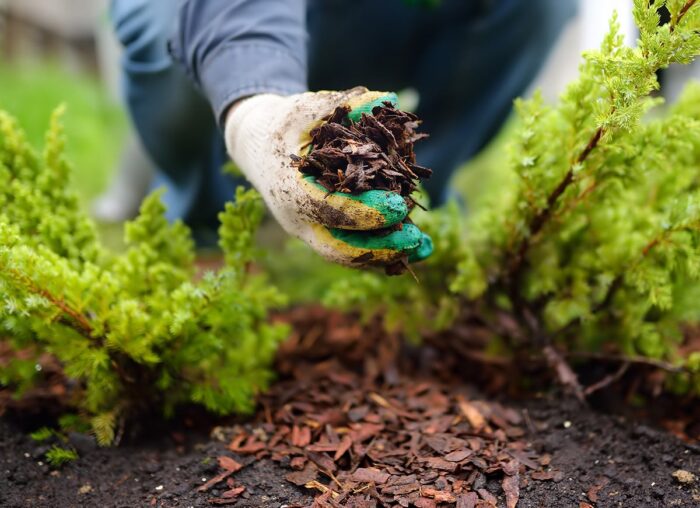
Mulch helps retain the soil’s moisture by having a thick layer over the surface and preventing them from evaporating quicker. They’d work well for plants with high sunlight exposure, which are more prone to losing their water quickly. With that, you should be generous with your mulch and keep your water in for as long as possible.
Ideally, you should place plenty of mulch on your plants with an excessive need for water and those that have lengthened direct sun exposure. This will help you save water and keep your plants well moisturized even with intense heat.
8. Keep Your Grass High
For your lawn, it would be highly beneficial if you could keep them at a higher length than regular. This will help to give your soil enough shade from the sun and prevent it from losing moisture, which might require a quick watering session. High grass can help make your lawn look greener and fuller, making your yard look fresh and beautiful.
Ideally, you should keep your grass high for at least two inches. They should be enough to provide shade for your soil, making you save on water efficiently. With that, you should set your lawn mower’s setting and cut it to that height consistently.
Takeaway
Saving water in your garden is essential to be more efficient inside your property. Apart from helping yourself to reduce your electricity bills, you’re also helping to save the environment with this.
You can begin by collecting water from your roof, which you can use for your home and gardening, and reduce the amount of water your garden needs. With the right discipline and consistency, you should be able to save plenty of water in your garden and still allow them to strive healthily.
















